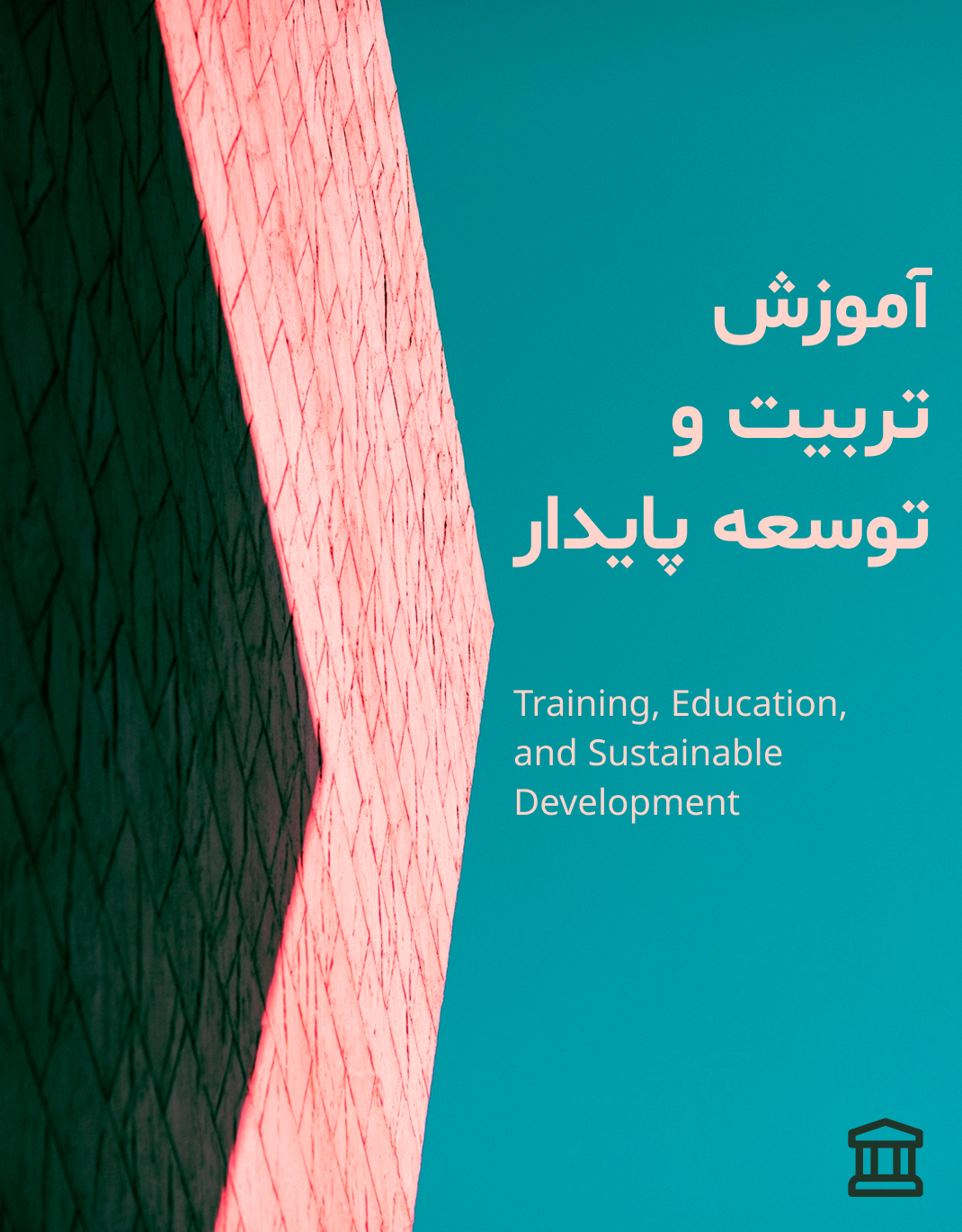Sociological Analysis of the Role of Social Factors in Inequalities in the Field of Social Health in Mazandaran Province (Case Study of Sari County)
Keywords:
Social health, lifestyle, cultural consumption, social, inequality, SariAbstract
This study aimed to sociologically analyze the role of social factors in social health inequalities in Sari County, examining how lifestyle, cultural consumption, education, social inequality, and access to healthcare services influence the level of social health. The research employed a descriptive–analytical survey design. Data were collected through a researcher-developed questionnaire whose validity was confirmed by experts and reliability verified by Cronbach’s alpha (0.960). The study population included all citizens aged 15–60 in Sari (N = 125,400). Using the Cochran formula, a sample of 384 participants was selected through cluster random sampling. Data analysis was conducted using SPSS, applying descriptive statistics, Pearson and Spearman correlations, and multivariate regression. The findings revealed that the average level of social health was above moderate (M = 2.21 out of 3). Among its dimensions, social adaptation scored highest (M = 2.66) while social integration was lowest (M = 1.68). Social inequality had a significant negative relationship with social health (r = -0.512, p < 0.01), whereas education (r = 0.104, p < 0.05), lifestyle (r = 0.477, p < 0.01), and access to healthcare (r = 0.590, p < 0.01) showed positive correlations. Regression analysis indicated that 46.3% of the variance in social health was explained by the independent variables, with access to healthcare and social inequality being the strongest predictors, and education and socioeconomic status the weakest. Social health, as a vital dimension of human and community development, is largely shaped by social and structural factors. Reducing social inequality and improving equitable access to healthcare are essential strategies for enhancing social well-being. Promoting healthy lifestyles and cultural participation can further strengthen social cohesion, participation, and flourishing in Sari County.
Downloads
References
Abdi, B. (2014). Examining the Role of Social Factors in Health Inequalities Among Citizens of Tabriz Doctoral Dissertation, Faculty of Law and Social Sciences, University of Tabriz].
Ahmadi, A. M., & Ehsan, T. (2016). Examining Factors Affecting Household Health Expenditures in Iran: Application of the Ordered Probit Model. Journal of Health Management, 20(67), 89-98. https://jha.iums.ac.ir/browse.php?a_id=2170&sid=1&slc_lang=fa
Baavosh, M., Shiyani, M., & Mousavi, M. (2017). Analyzing Socio-Economic Factors Affecting Poverty and Inequality in Health from 2011 to 2015. Social Welfare, 17(67), 71-108. https://refahj.uswr.ac.ir/article-1-3091-fa.html
Bani Fatemeh, H., Alizadeh Aghdam, M. B., Shahamfar, J., & Bahman, A. (2014). Health and Its Social Determinants: A Case Study on Health Inequalities Among Citizens of Tabriz. Applied Sociology Journal, 25(4), 73-89. https://journals.ui.ac.ir/article_18378.html
Chehabi, M., & Rahbar, M. R. (2012). Examining the Impact of Perceived Social Inequality on Health and Health Behaviors of Various Groups in Tehran. Quarterly Journal of Social Analysis of Order and Social Inequality, 4(62), 35-61. https://www.magiran.com/paper/1871294/
Hund, A. (2010). Uncovering the Interconnection of SES and Ethnicity to Health Related Quality of Life: An Investigation of White and Native Alaskans Doctoral dissertation, Case Western Reserve University].
Karvonen, S., & Rahkonen, O. (2011). Subjective social status and health in young people. Sociology of Health & Illness, 33(3), 372-383. https://doi.org/https://doi.org/10.1111/j.1467-9566.2010.01285.x
Koosha, M., Hezarjaribi, J., Allameh, H., Panahi, M. A., & Lalegani, A. (2025). Designing a Policy Model for Enhancing Social Health of the Elderly. Archives of Gerontology and Geriatrics Plus, 2(2), 1-10. https://doi.org/10.1016/j.aggp.2025.100149
Kraus, M. W., Piff, P. K., Mendoza-Denton, R., Rheinschmidt, M. L., & Keltner, D. (2012). Social class, solipsism, and contextualism: how the rich are different from the poor. Psychological review, 119(3), 546. https://doi.org/10.1037/a0028756
Manzari Tavakoli, S., & Maghsoodi, S. (2023). The Role of Social Support in the Social Health of Women in the Postpartum Period (Case Study: Faryab City). Journal of Iranian Social Studies, 17(1), 119-143. https://doi.org/10.22034/jss.2023.552499.1688
Mirowsky, J. (2017). Education, social status, and health. https://doi.org/10.4324/9781351328081
Mohammadnejad, N., & Ali Mohammad, A. (2015). Analyzing Socio-Economic Factors Affecting Mental Health in Iran. Social Health Journal, 2(2), 117-129. https://journals.sbmu.ac.ir/ch/index.php/ch/article/view/9936
Pourhossein, A., Ebrahimpour, D., & Elmi, M. (2022). Examining the Relationship between Perceived Social Support and Self-Efficacy with Social Health among Veterans of the Islamic Revolution in East Azerbaijan Province. Economic Sociology and Development, 11(2), 97-120. https://sociology.tabrizu.ac.ir/article_15673.html
Sadiq, A. R., Hakim, A., Haryono, B. S., & Hanafi, I. (2024). Policy Implementation Model of National Health Insurance Through Social Health Insurance Institution (BPJS) in Indonesia. Journal of Law and Sustainable Development, 12(1), e2448. https://doi.org/10.55908/sdgs.v12i1.2448
Schlund, R., Sommers, R., Bohns, V. K., Seifi, M., Shir, T., & Ali Mohseni, R. (2024). Giving people the words to say no leads them to feel freer to say yes Sociological explanation of social health of adolescents in foster care centers. Scientific reports, 14(1), Article 576. https://doi.org/10.1038/s41598-023-50532-3
Seif Zadeh, A. (2016). Examining the Relationship Between Socioeconomic Status and Health of the Elderly (Case Study: Azarshahr). Quarterly Journal of Nursing for Vulnerable Groups, 3(7), 12-23. https://joge.ir/article-1-71-fa.html
Song, X., Ali, N. M., Mhd Salim, M. H., & Rezaldi, M. Y. (2025). A literature review of virtual reality exergames for older adults: enhancing physical, cognitive, and social health. Applied Sciences, 15(1), 351. https://doi.org/10.3390/app15010351
Wolff, J. (2011). How should governments respond to the social determinants of health? Preventive Medicine, 53(4), 253-255. https://doi.org/10.1016/j.ypmed.2011.07.008
Yazdizadeh, S. (2024). Examining the Relationship Between Happiness and Social Health of Students. Quarterly Journal of Psychological Studies and Educational Sciences, 9(1), 37-25. https://civilica.com/doc/1754828/
Downloads
Published
Submitted
Revised
Accepted
Issue
Section
License
Copyright (c) 2025 محمدرضا زمان فشمی (نویسنده); ابوالقاسم حیدرآبادی; علی اصغر عباسی اسفجیر (نویسنده)

This work is licensed under a Creative Commons Attribution-NonCommercial 4.0 International License.

